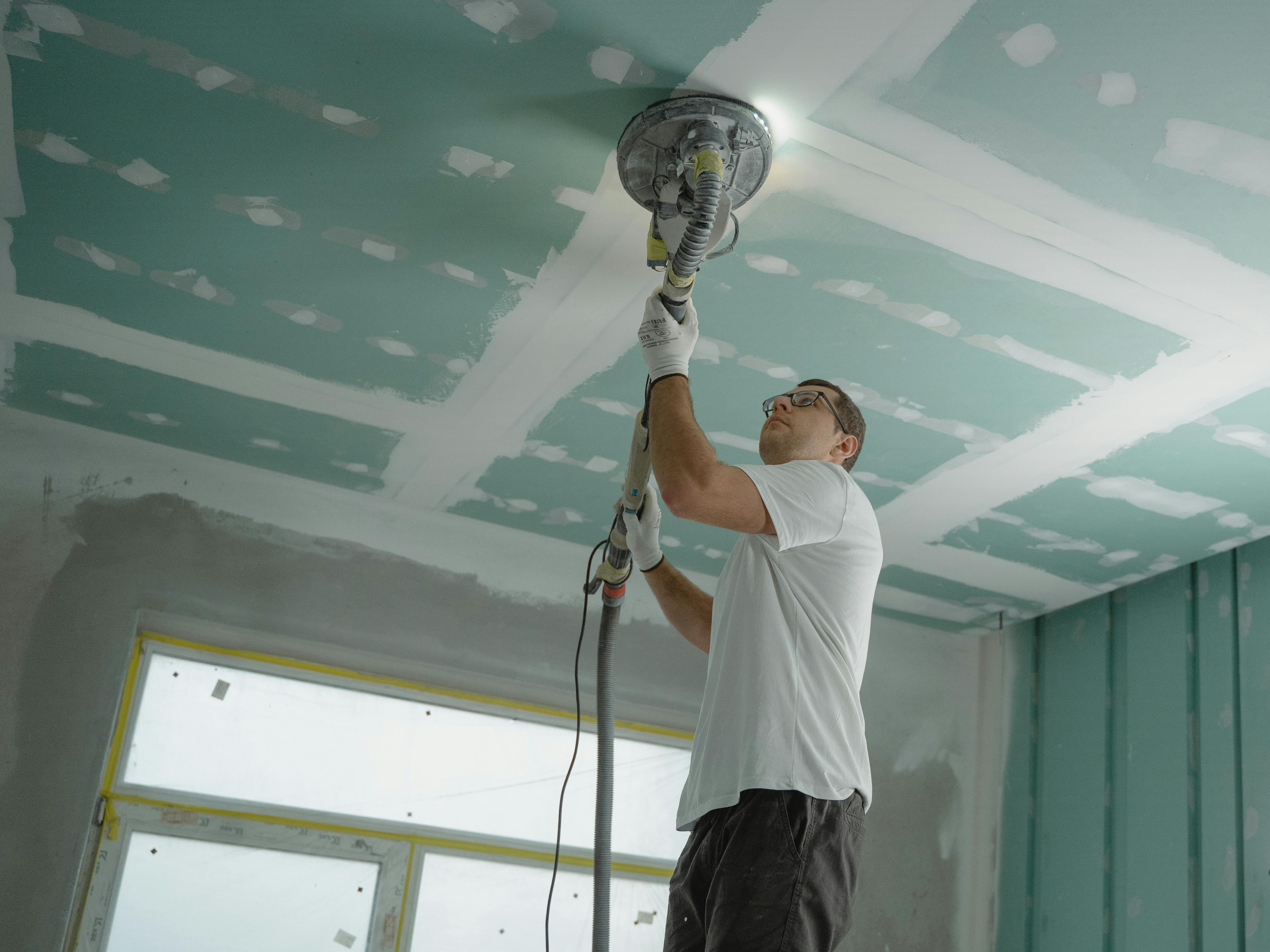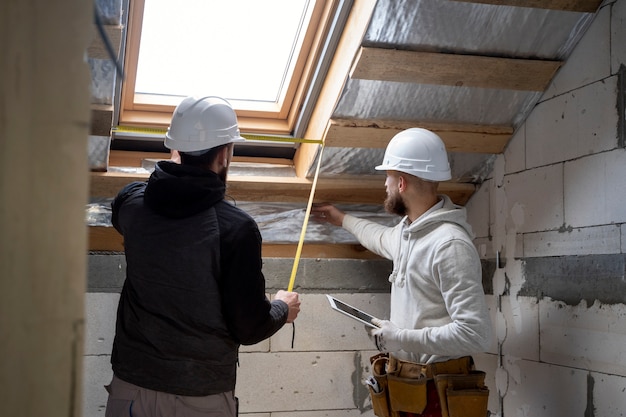Raising the Roof on Comfort: The Power of Ceiling Insulation
In the pursuit of creating comfortable living spaces, the role of insulation cannot be overstated. Among the various types of insulation available, ceiling insulation stands out as a fundamental component in regulating indoor temperatures and enhancing overall comfort within a building. This article delves into the significance of ceiling insulation, its impact on comfort, energy efficiency, and the environment.
Understanding Ceiling Insulation
Ceiling insulation refers to the installation of materials within the roof cavity or directly under the roof to reduce heat transfer between the interior and exterior of a building. It acts as a barrier, limiting the exchange of heat through the ceiling, thereby maintaining desired indoor temperatures regardless of external weather conditions.
Benefits of Ceiling Insulation
Temperature Regulation
Ceiling insulation forms a crucial line of defense against external temperature fluctuations. During summer, it prevents excessive heat from penetrating indoors, keeping the space cool. In winter, it retains warmth inside, reducing the need for constant heating, which leads to significant energy savings.
Energy Efficiency
By maintaining consistent indoor temperatures, ceiling insulation reduces reliance on heating and cooling systems. This, in turn, lowers energy consumption, leading to decreased utility bills and a smaller carbon footprint. The reduced energy demand aligns with sustainability efforts and promotes environmentally friendly living.
Enhanced Comfort
Comfort within a living space is closely tied to temperature control. Ceiling insulation plays a pivotal role in ensuring a comfortable indoor environment year-round. By minimizing temperature fluctuations, it creates a more pleasant atmosphere for occupants, fostering a better quality of life.
Sound Insulation
Aside from temperature regulation, ceiling insulation also contributes to soundproofing. It dampens noise from outside sources, such as traffic or neighbors, enhancing the tranquility of the indoor environment.

Types of Ceiling Insulation
Blanket Insulation
This type of insulation consists of flexible materials like fiberglass or mineral wool. It is commonly installed in rolls or batts and laid between ceiling joists or rafters. Blanket insulation is known for its affordability and ease of installation.
Loose-fill Insulation
Loose-fill insulation comprises small particles of materials such as cellulose, fiberglass, or foam. It is blown or poured into the roof cavity, filling voids and gaps to provide comprehensive coverage. This type of insulation is ideal for irregularly shaped spaces.
Rigid Insulation
Rigid insulation boards, often made from foam materials like polystyrene or polyurethane, offer high thermal resistance. They are installed directly under the roof, providing a continuous layer of insulation and reducing thermal bridging.
Installation Considerations
Proper installation of ceiling insulation is crucial for optimal performance. Factors such as material selection, R-value (the measure of insulation's thermal resistance), and installation techniques play pivotal roles in achieving desired outcomes. Hiring a professional installer ensures correct placement and maximizes the efficiency of the insulation.
Maintenance and Upkeep
Once ceiling insulation is installed, regular maintenance ensures its longevity and continued effectiveness. Inspecting insulation for any signs of damage, moisture accumulation, or pest infestation is crucial. Addressing issues promptly can prevent deterioration and maintain the insulation's efficiency.
Upgrading Insulation
With advancements in insulation technology, upgrading existing insulation can be a wise investment. Upgrading to higher R-value materials or adding supplementary insulation can further improve energy efficiency and comfort levels within a property. Consulting with insulation professionals can help determine the best upgrade options.
Environmental Impact
The environmental benefits of proper insulation extend beyond energy conservation. Reduced energy consumption translates to lower greenhouse gas emissions, contributing to mitigating climate change. Additionally, many insulation materials today are made from recycled content or natural fibers, further reducing their environmental impact.
Building Codes and Standards
Building codes often mandate minimum insulation requirements for new constructions or renovations. Compliance with these standards not only ensures comfort and energy efficiency but also adds value to the property. Staying updated with local building codes is essential when considering insulation installations.
DIY vs. Professional Installation
While some homeowners opt for DIY insulation installations to cut costs, professional installation offers several advantages. Certified installers possess the expertise to assess insulation needs accurately, select appropriate materials, and ensure proper installation, maximizing the insulation's efficiency.

Government Incentives and Rebates
Many governments and local authorities offer incentives or rebates for installing energy-efficient insulation. These financial incentives aim to encourage homeowners and businesses to invest in insulation upgrades, promoting energy conservation and reducing overall energy demand.
Comprehensive Considerations for Ceiling Insulation Success
- Ventilation Integration: Proper ventilation is essential when installing ceiling insulation to prevent moisture buildup, which can compromise insulation effectiveness and lead to mold or mildew issues.
- Fire Safety: Selecting insulation materials with appropriate fire-resistant properties is crucial for the safety of the property and its occupants.
- Durability: Choosing insulation materials that are durable and long-lasting ensures sustained performance over the years, reducing the need for frequent replacements.
- Health Considerations: Some insulation materials may emit volatile organic compounds (VOCs) or allergens. Consider materials that are low in VOCs or allergens for better indoor air quality.
- Property Value: Well-insulated properties often hold higher market value due to their enhanced energy efficiency and comfort levels, making it an attractive asset for potential buyers or tenants.
- Adaptability to Climate Changes: Insulation choices should consider the local climate, adapting to temperature fluctuations, extreme weather events, and changing environmental conditions.
- Condensation Control: Properly installed insulation helps control condensation, preventing moisture-related issues that can damage the building structure and affect indoor air quality.
- Lifecycle Cost Analysis: Assessing the long-term cost benefits of different insulation materials and installation methods helps in making informed decisions that balance initial investment with ongoing savings.
- Noise Reduction for Multi-Level Dwellings: In addition to temperature control, effective ceiling insulation minimizes sound transmission between floors, enhancing privacy and comfort in multi-level buildings.
Professional Consultation:
Seeking guidance from insulation experts or energy consultants can provide tailored solutions based on the specific requirements of a property. Their expertise ensures informed decisions regarding insulation materials, installation techniques, and maximizing energy efficiency while maintaining comfort levels.
56 Yellowbox Dr, Craigieburn VIC 3064, Australia
phone: 613-8339-7111

